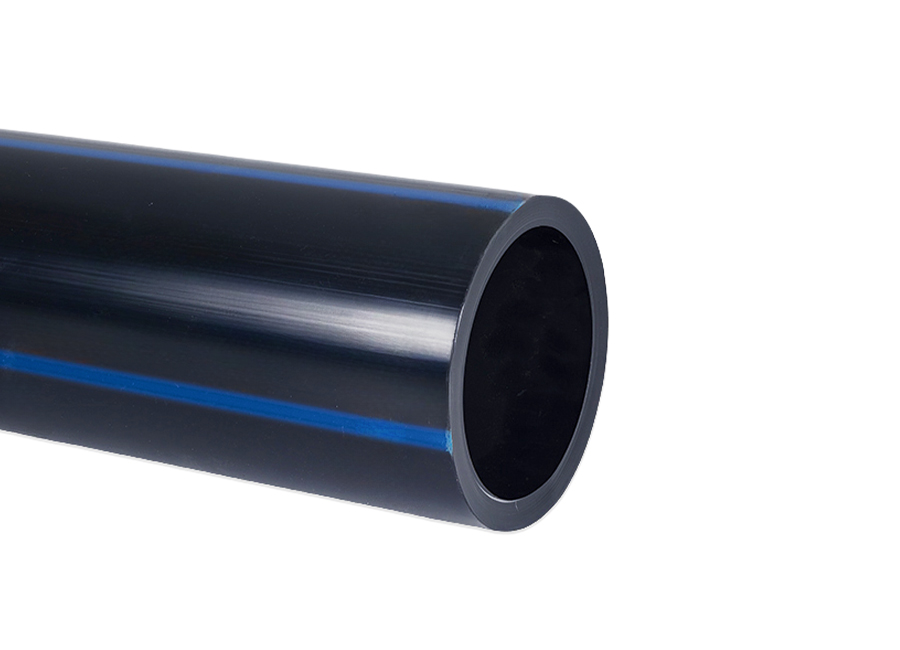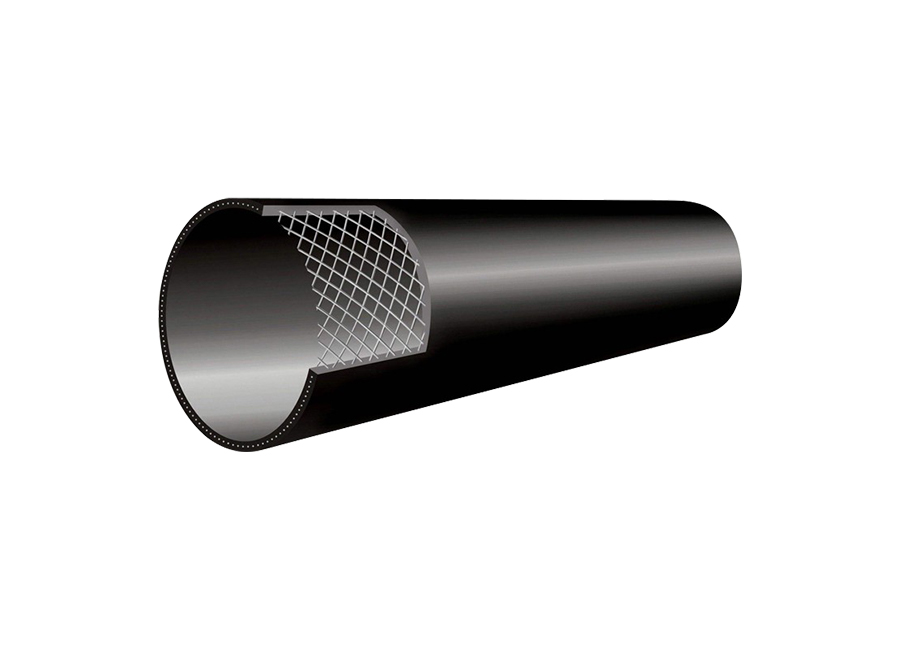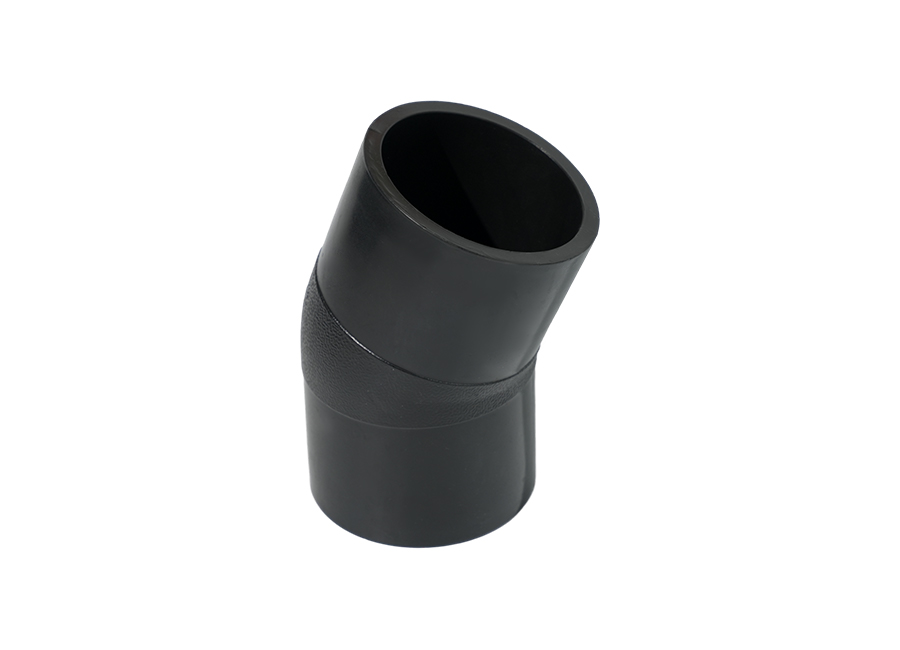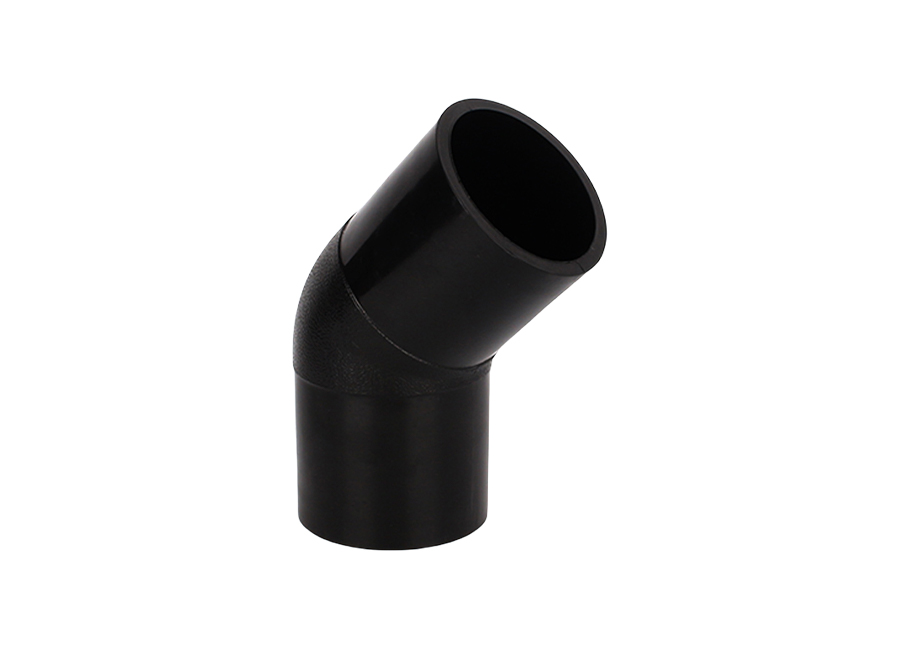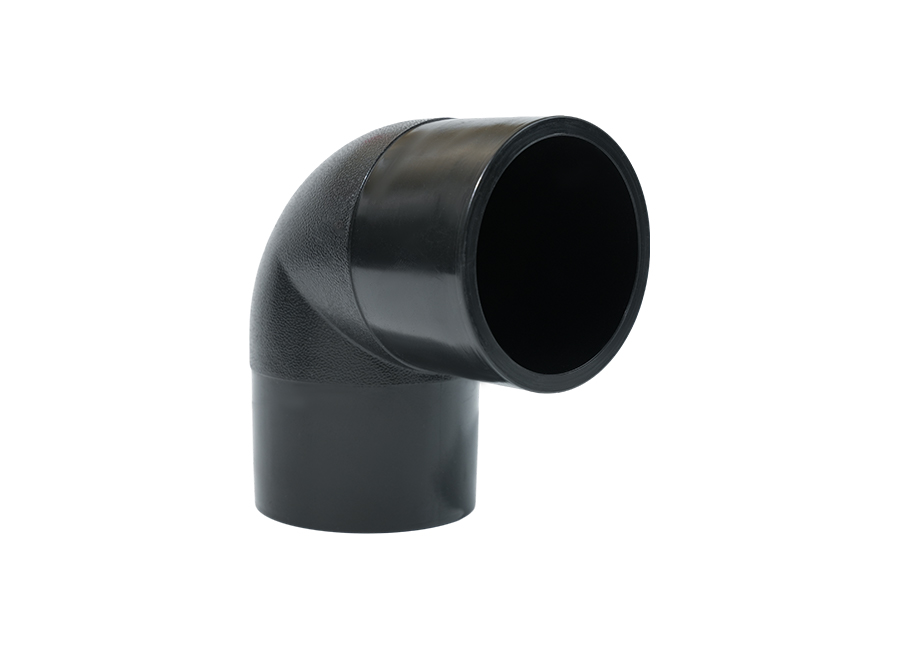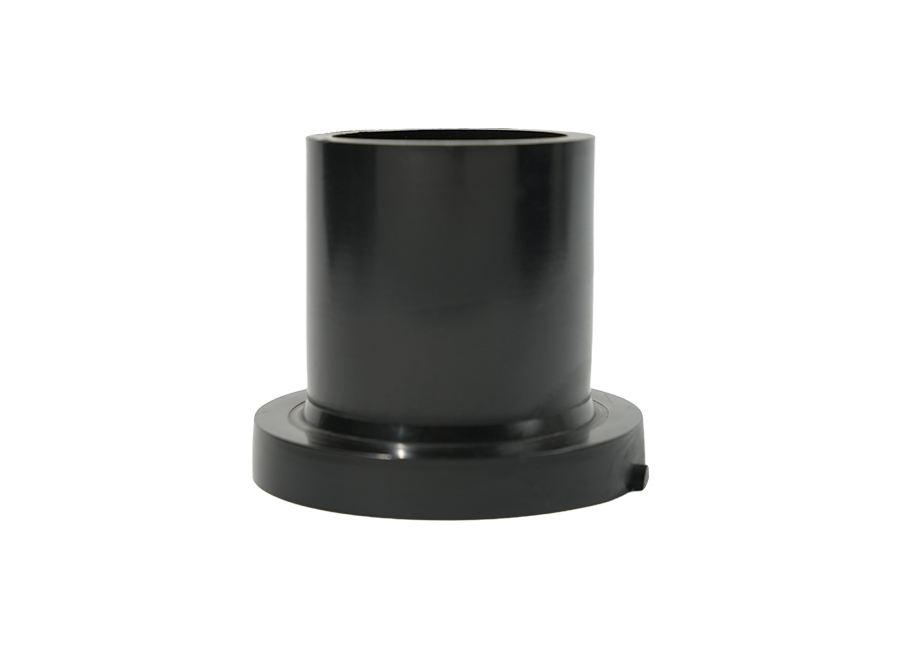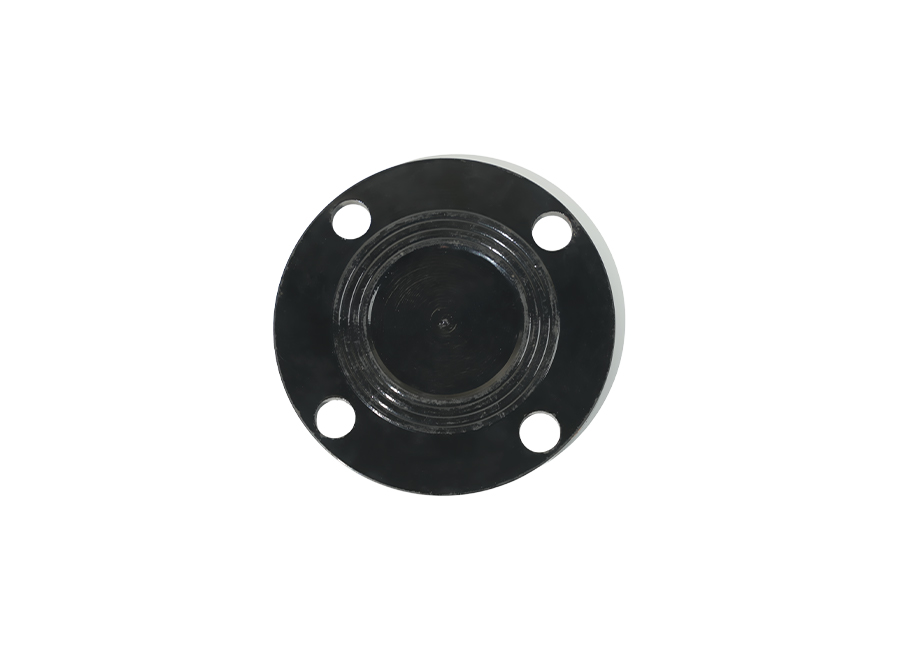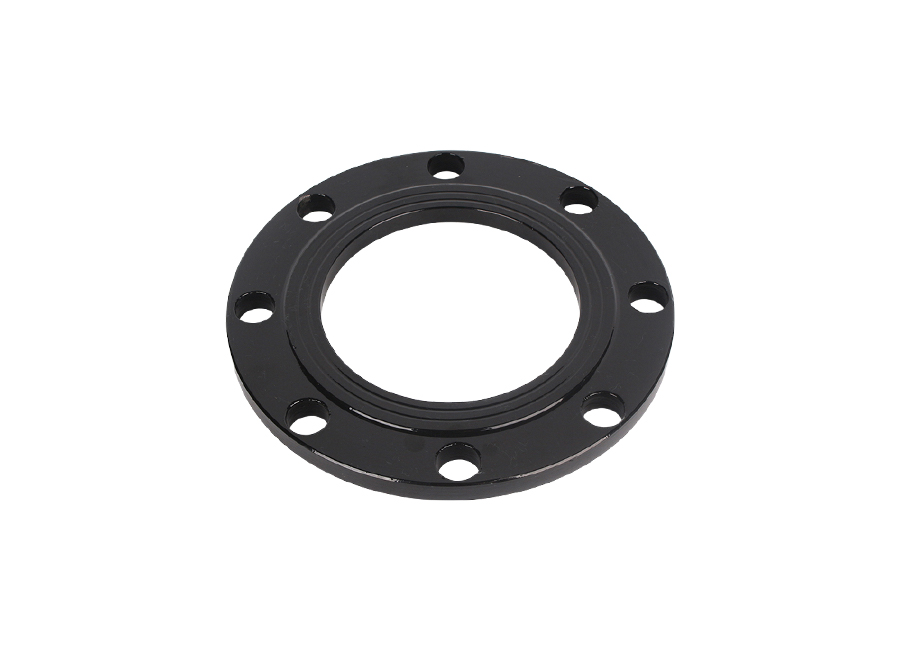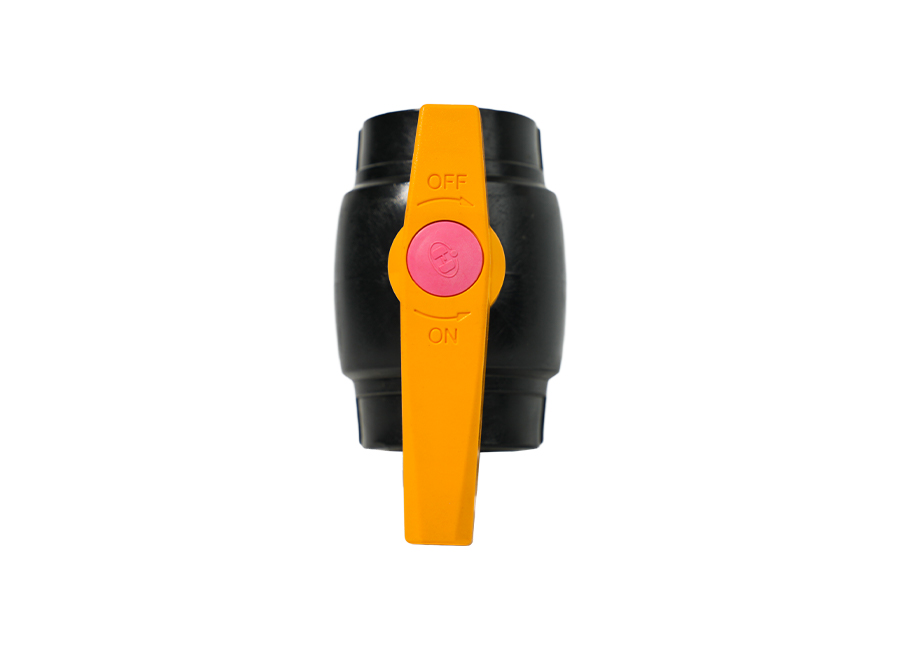Content
1. Advantages of PVC Pipe for Outdoor Use
Corrosion and Moisture Resistance: PVC pipe offers excellent resistance to most chemicals, including acids, alkalis, and salts. Unlike metal pipes, it won't rust or corrode, making it ideal for direct contact with soil or exposure to humid air.
Good Weather Resistance: UV stabilizers are often added to the formula of high-quality PVC pipe, providing some resistance to degradation from ultraviolet rays in sunlight and slowing the aging process.
Lightweight and Easy to Install: Its lightweight design makes it easy to carry and cut, and its simple connection methods (solvent bonding/socket joints) significantly reduce the difficulty and cost of outdoor installation.
Good Rigidity: It possesses sufficient strength and rigidity to withstand ground pressure and external loads, making it commonly used for underground wiring or drainage pipes.
Long Service Life: Under proper installation and use conditions, buried or properly protected PVC pipe can last up to 50 years or more.

2. Challenges to Consider for Outdoor Use
While PVC pipe is suitable for outdoor use, it can present challenges if left untreated.
(1) Long-term effects of ultraviolet rays:
Problem: Although it contains ultraviolet stabilizers, long-term direct exposure to strong sunlight will still slowly degrade the PVC material and break its molecular chains.
Performance: The pipe will gradually lose its toughness, the surface will become powdery, discolored (yellow, grayish white), and brittle, and may eventually lead to cracking and rupture.
(2) The test of temperature changes:
Thermal expansion and contraction: The thermal expansion coefficient of PVC pipes is relatively high. In areas with large temperature differences between day and night, the pipes will expand and contract repeatedly. If expansion space is not reserved during installation, the joints may become loose or damaged.
Low-temperature brittleness: Standard PVC pipes (especially PVC-U) will become more brittle in low-temperature environments (usually close to 0°C or below) and are more likely to break when subjected to external force.
Physical impact: PVC pipes exposed to the ground are more easily damaged or smashed than metal pipes and need to be well protected.
3. How to use PVC pipes outdoors correctly?
(1) For UV protection (most important):
Apply protective paint: The most effective and economical way is to apply a layer of special plastic protective paint or light-colored latex paint/acrylic paint to PVC pipes exposed to sunlight. This can directly block UV rays and greatly extend the lifespan.
Choose dark or UV-resistant pipes: Gray PVC electrical pipes are generally more UV-resistant than white ones. For projects with long-term exposure, you can purchase special pipes with higher UV ratings.
Physical shielding: Whenever possible, install pipes under eaves, against walls, or cover them with pipe grooves/sheaths.
(2) Proper installation to cope with temperature changes:
Reserve expansion space: When laying pipes in a straight line over long distances, use expansion joints or deliberately bend the pipes into "Ω"-shaped compensation bends to allow them to expand and contract freely.
Underground protection: Burying the pipe underground is the best way to protect it from UV rays and temperature shocks. Make sure it is buried below the permafrost layer to prevent frost heave damage.
(3) Choose the right type:
PVC-U (unplasticized PVC): The most common, highly rigid, suitable for water supply, drainage, and conduit. Be aware of its low-temperature brittleness. CPVC (chlorinated polyvinyl chloride): Better heat resistance (can be used in hot water), usually with better UV and chemical resistance, but more expensive.
4. Examples of common outdoor uses
Outdoor construction: downspouts, air conditioning drain pipes, exterior wall electrical conduit.
Gardening: irrigation systems, garden trellises, homemade rainwater collection systems.
Underground engineering: underground electrical cable conduit, garden light wiring conduit, sewage and drainage pipes.
Other creative ideas: homemade canoes, outdoor furniture, pet fences, etc.

 English
English 中文简体
中文简体 русский
русский عربى
عربى


